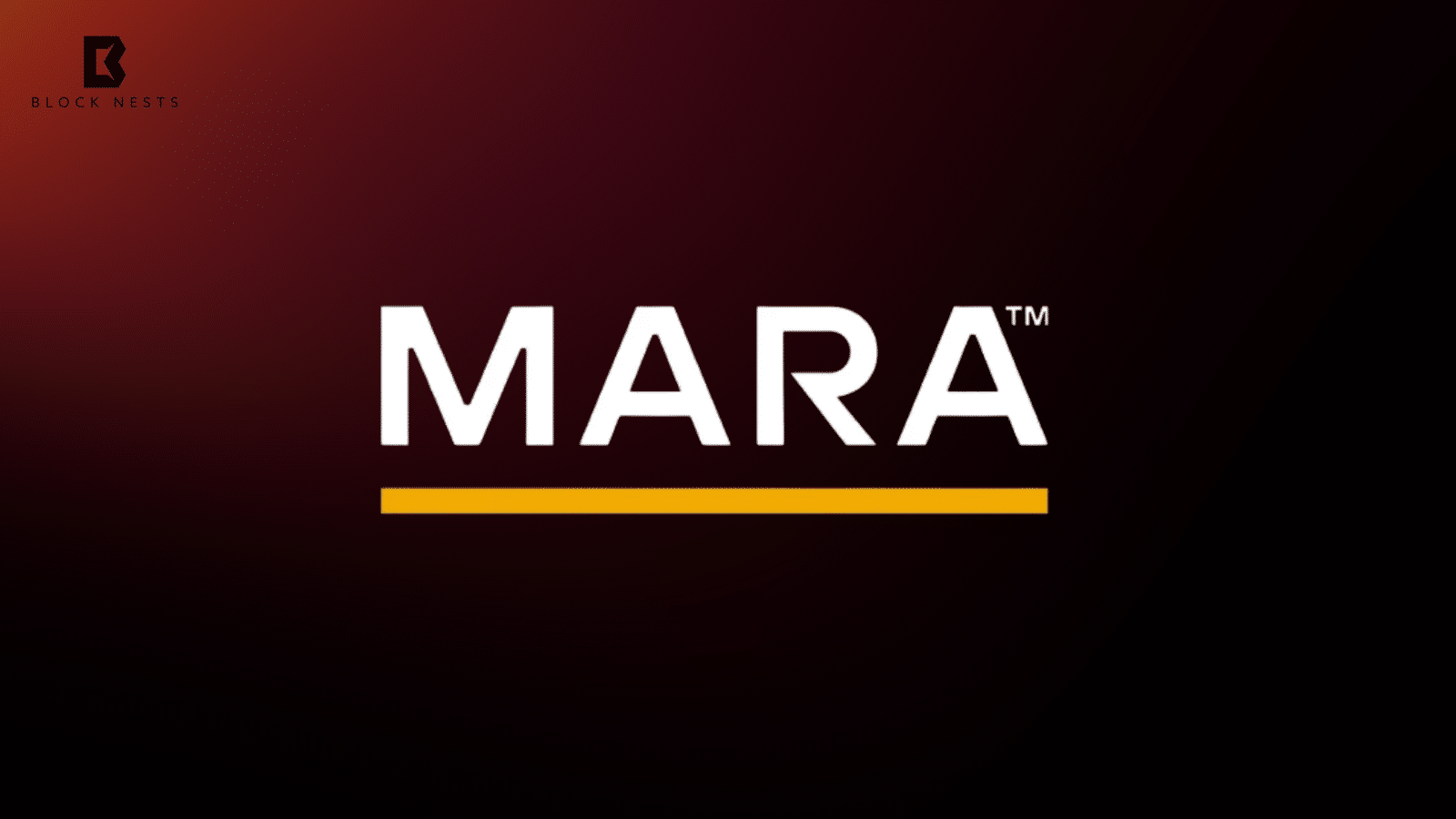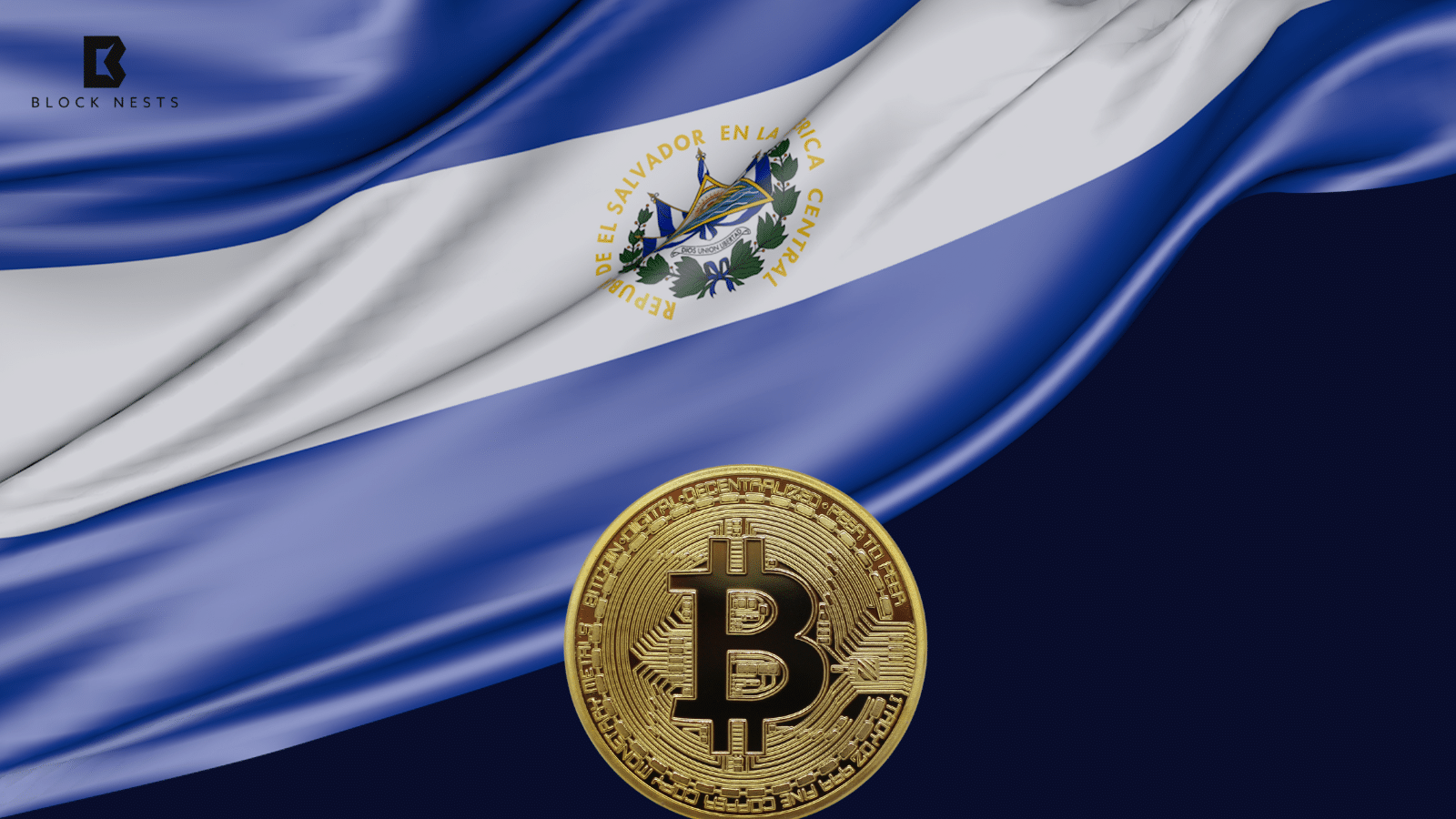- XRP Ledger now hosts DNA-based identity systems through projects like DNA Protocol and XRP Healthcare.
- New blockchain use cases focus on storing genetic data securely, offering users control and privacy.
- XRP’s role expands into healthcare, enabling data ownership, secure records, and identity verification without KYC.
Developers are expanding the use of the XRP Ledger beyond financial transactions. Its latest application now targets DNA and health data.
According to digital asset analyst Pumpius, new projects are using the ledger to store genetic identifiers securely. Two of them are DNA Protocol and XRP Healthcare.
The projects generate a cryptographic history known as a vGenome. This enables users to authenticate their identities without sharing personal or sensitive data.
What if I told you XRP isn’t just for payments anymore?
— Pumpius (@pumpius) June 10, 2025
A quiet revolution is underway on the XRPL — and it could become the next trillion-dollar disruption. 💥
From healthcare to genomics, the future of your identity and DNA might run on $XRP.
👇🧵 pic.twitter.com/jvwHDHZbhI
This will give individuals the power to utilize their biological information wholly. They can decide on which time and method to share such information with others.
DNA Protocol is aimed at converting genetic data into a digital fingerprint. This fingerprint is permanently stored on the XRP Ledger.
This system does not involve a centralized database or government access. Privacy is also preserved during the entire verification process.
XRP Healthcare is developing applications to store and manipulate patient records using the blockchain. This enables permissioned and safe data sharing.
In addition to providing ownership, the system minimizes reliance on central health databases and ensures that authorized platforms can easily access them.
Pumpius stated that users could also monetize their genetic information. This would entail consent-based sharing on AI-based health platforms.
Health Applications Position XRP as More Than a Financial Network
These efforts mark a shift in how blockchain is used outside finance. Health and identity data now form a growing focus area.
Furthermore, XRP Ledger is fast and inexpensive, which helps to transact high-volumetric data. These functions are appropriate in big healthcare and biotech systems.
With DNA data anchored to the chain, the ledger will serve as a place of truth about identity and verification. The cryptographic nature guarantees authenticity.
These transactions and data exchanges can be made with the help of XRP tokens. This can establish novel value regimes on personal data in digital ecosystems.
Furthermore, the shift creates opportunities for private markets of health data. These markets give users control and on-demand access to research or medical information.
With the growing digital identity solutions, decentralized identity solutions such as the DNA Protocol project provide an alternative. KYC systems could be centralized and diminished or eliminated.
The XRP Ledger’s use is no longer limited to payments and remittances. It is now entering the DNA and healthcare information field.
Also Read: Ripple’s $6B “Joke” Offer to Circle Sparks IPO Frenzy and Market Buzz
How would you rate your experience?






